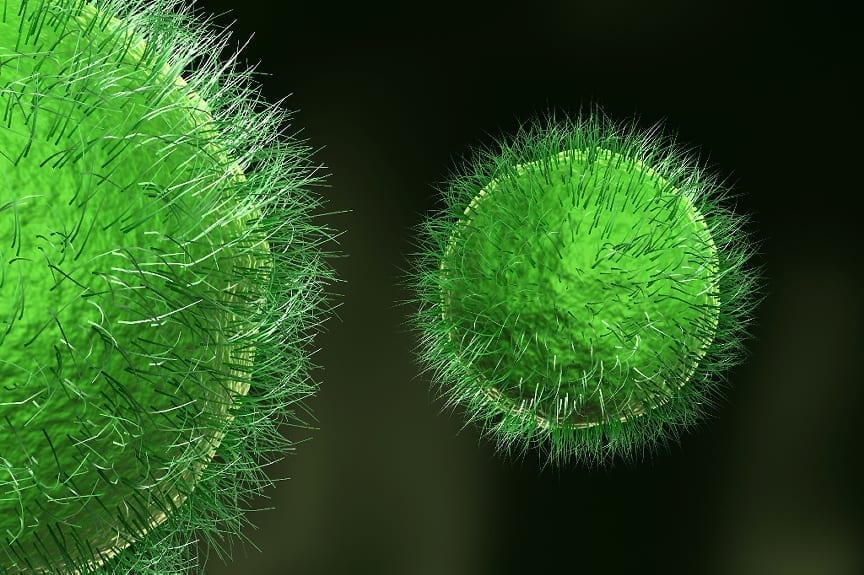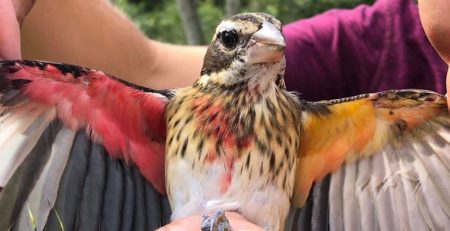Immune System Has ‘Memory’
How do we gain immunity to all of those nasty bugs out there? Our immune cells creats a ‘memory’ of the invading pathogen and alert the body if it ever returns.
New research suggests that these immune cells can develop memories for things the body has not come into contact with. How? Either from harmless microbes or by borrowing memories from more experienced cells.
These findings are significant because they may help explain why babies and kids are so prone to infectious diseases. They haven’t been exposed to enough harmful pathogens yet. Interestingly enough, they also explain why kids are inclined to eat dirt-an innate sense to expose thier immune systems to something!
A past study done by Davis, discovered that CD4 cells, a group of T cells (the same targeted by HIV), are responsible for sounding the ‘immune alarm’ when something is spotted that doesn’t belong. 2 types of CD4 include a ‘naive’ type which haven’t yet been exposed to a particular bug (take days or weeks to respond), and a ‘memory’ type which remember and prompt action within a few hours. These CD4 cells shuffle thier DNA when they divide, creating an army of T cells that recognize very specific pathogens. This ability may also be helping them to recognize pathogens they have never seen.
Blood samples were taken in 26 healthy adults to determine which T cells were responsive to which pathogens. One half appeard to be in ‘memory state,’ although further investigation showed that these peaople were never actually exposed to these diseases. How did this happen? The environment; constantly exposing us to bacteria all the time. The T cells might act like they’re reacting to something familiar, but it may actually be that the new pathogen looks similiar. The cells are fooled and awakened to “remember” something else.














